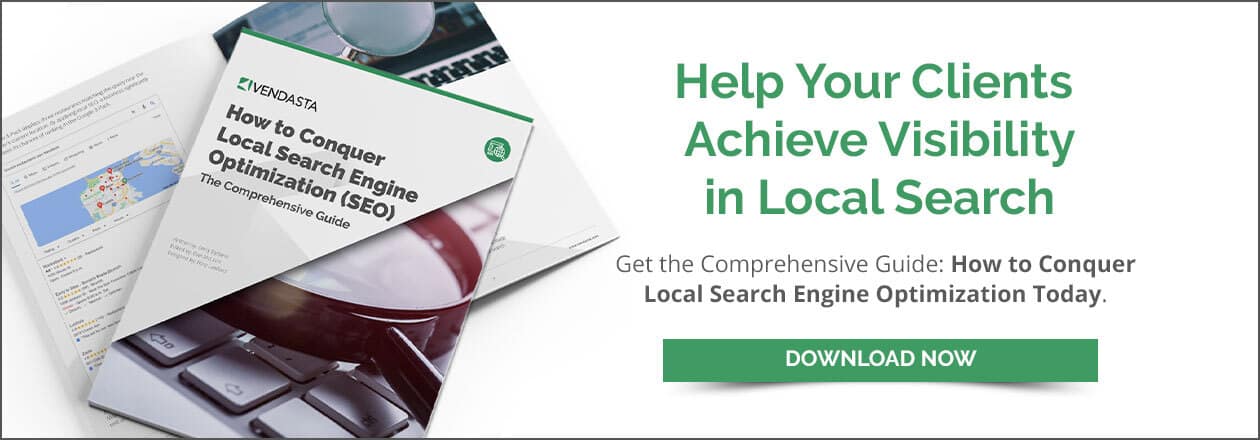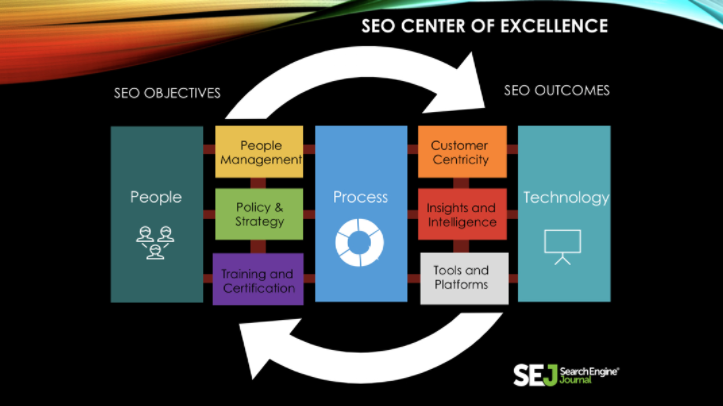How to Build SEO Culture Into Existing Company Culture
SEO culture is a small but important facet of overarching company culture. Company culture isn't just about vision and buzzwords. It can also be used as a marketing strategy to connect with the target audience. Company culture has to be built first and then branded, and SEO is an important part of a branding strategy.
The priority to build a positive company culture is one commonality observed by businesses of all sizes and across all industries, signifying its importance. According to Forbes, 94 percent of executives and 88 percent of employees believe positive and well-defined company culture is integral to a business’s success.
Company culture needs to align with the company and employee values. This means the company sets the tone with its vision and mission while employees continuously shape the culture they work within. SEO culture is meant to further align teams and individuals across the company to share SEO strategy and create a vision.
As part of this alignment, SEO culture is an integration of SEO tactics into the greater company culture by encouraging collaboration across all marketing channels. Building a culture around SEO not only aligns all external messaging such as website, social media, blogs, product descriptions, and public relations activities, also reduce confusion around the keywords the company wants to rank for.
“SEO culture in an organization means that everyone is involved in the well-being of SEO. All employees are educated in SEO so that they understand company objectives from an SEO perspective. Employees need to know the strategy and how they can contribute within their roles. The first thing that I like doing in creating this SEO culture is clearly outlining that strategy and making it known to the entire company. People need to know what keywords are important and why we feel like the search intent of those keywords closely matches our product and service offerings. It's important for us to capture those audiences and drive them to our website.”
Importance of SEO culture
SEO should be at the forefront of all external projects. This ensures every project that teams across the organization are working on has strong website performance. SEO strategies and tactics can be built into the company culture aligning all marketing channels to ensure that the content created has ranking power in search engine results pages. For this, it’s important to understand what keywords an organization wants to rank for, and why keyword strategy matters. This will save marketers and copywriters time and effort because they won’t need to rewrite content not originally written with SEO in mind.
It’s also equally important for every department in an organization to understand the importance of SEO in their content and how they can level up their contributions. Development teams should adopt best practices with web development and website performance, content teams need to learn how to write for SEO, and designers should have an understanding of how and why to design to accommodate for SEO.
Most importantly, for an SEO culture to work, all team members need to feel ownership. It’s easy to measure the impact of work people do from an SEO standpoint by setting up dashboards in Google Analytics.
Steps to build SEO culture
Step 1: Awareness
Ensure everyone in the company knows what keywords and topics the organization wants to rank for by creating a keyword research document. This can be a simple spreadsheet or word document, but it should be readily available to everyone company-wide. This should also be included in the welcome package for new employees.
Depending on the structure of the business there might be different teams that need to communicate with each other. Smaller businesses may only have a few individuals running the whole show, but everyone needs to be on the same page regarding the SEO plan.
Each team will have to be aware of its own SEO-related responsibilities. “For example, a web development team will need to be mindful about things like optimizing the site content for SEO as well as the sizes of the images. They have to ensure that all the required metadata is coded into the pages. The point is to make all teams self-sufficient in their SEO responsibilities so that nothing is missed,” Stanescu says.
Step 2: Strategy
Clearly outline your organization’s SEO strategy. This includes the keywords for which the organization is currently ranking in addition to what they ideally want to rank for. Explain why certain keywords are important to the organization -- because these closely match product and service offerings, or the target audience and ideal customer profile From a marketing perspective, this helps to come up on relevant searches, capture a quality audience and drive traffic to the company website.
Tools and technology that automate SEO-related tasks are an important part of every SEO strategy. Depending on business needs there are more robust platforms available such as BrightLocal or Boostability. In other cases, a more specific tool like Ahref’s for keyword research or Pingdom for identifying bottlenecks on websites might be preferable.
Read: Top 7 Local SEO Tools That Will Achieve Online Visibility Among Competition
Step 3: Education
Educate about the objectives and goals from an SEO perspective. “The best way to begin building an SEO culture is to educate everybody and create ownership over different metrics,” Stanescu says. Provide ongoing training because the SEO landscape is constantly changing. Teams need to know how SEO can impact them and how they can impact SEO. Ensure everyone is aware of how they can individually contribute because SEO will not be successful in a silo.
An example of this would be helping a content team find and use the best keywords in their writing. Give them ownership by helping to build a dashboard that tracks metrics like traffic and lead generation for every piece of content. This creates excitement for content writers and guides them on the type of content they should create more of, based on the success they see in generating leads.
SEO culture drives results
Stanescu believes in the power of numbers and analytics. “I’ve found that working with content teams they get motivation from understanding what pieces of content drive leads and how much traffic each piece gets. Developers and designers also benefit from seeing the numbers behind their work. By following SEO best practices to increase page loading speed or design a web page, different teams feel ownership and the results are clear.”
Everything ties back to a company website. Blogs, emails, social media, and public relations are just different pieces that fit into the ultimate bigger picture. These pieces can either work together or against each other depending on the success of the internal SEO culture.
People are the greatest resource in any business, which is why communicating awareness, strategy, and education around SEO is important to the overall culture of a business. With everything aligned toward ranking for the same keywords, a company website can organically reach the number one spot on Google with time and effort.




